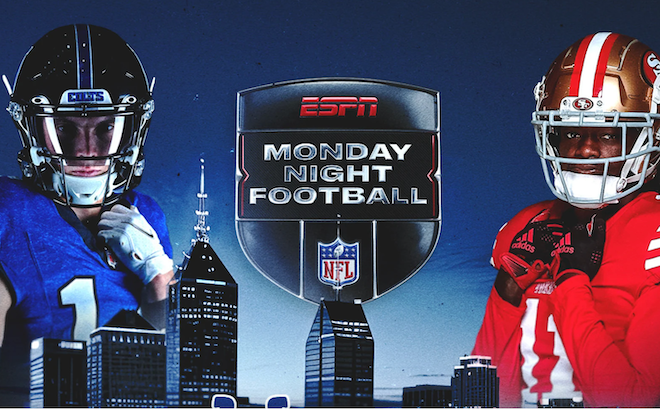For marketers, 2013 was the year of social media maturation. This was the year platforms grew up to become true advertising conduits; the year that the term “free social media” finally died, and the term “social media ROI” came to life. It was the year of advancements in targeting, process and—analytics. In 2013, brands became not only better at social marketing, but faster, too. It was the year of real-time, the year of campaigns, the year of influencers.
 So, what have we learned from the tumultuous adolescence of social media? What practices are here to stay, and what emerging trends have we yet to discover? Here are the five biggest things that changed the social landscape in the last 12 months . . . and what to watch for in 2014.
So, what have we learned from the tumultuous adolescence of social media? What practices are here to stay, and what emerging trends have we yet to discover? Here are the five biggest things that changed the social landscape in the last 12 months . . . and what to watch for in 2014.
What we learned:
1. The road to content is paved with ads. Platforms and brands both realized the need to embrace paid advertising.
Native advertising became an increasingly palatable and viable way for marketers to reach consumers. Instagram and Pinterest both began testing advertising on their platforms. Publishers like Buzzfeed and Mashable perfected the online version of the advertorial. Multiple studies found that Facebook ads that look more like posts and show up in users’ News Feeds are far more effective than traditional sidebar ads. Additionally, Facebook publicly admitted that organic reach is going to dwindle even further for brands unless they start leveraging paid support in the form of sponsored posts.
2. It’s getting crowded out there, and channels are getting competitive.
Vine was the new platform of the year when it launched a way for people to easily make and share 6-second videos. But Instagram quickly stole the spotlight by adding a way for users to create videos on the wildly popular photo platform. It was a short and sweet run for Vine in the beginning of the year. Lately, brands seem to have stuck with the user base they already built up on Instagram rather than fully embracing Vine as a unique channel.
3. Social media is driving in-store sales. Really, we can prove it.
A new practice that Harvard Business Review calls “reverse showrooming” – browsing online and then purchasing in-store – affects online and offline marketers alike. In a recent study of 3,000 social media users in the U.S. and U.K., 41% of respondents said they practice this phenomenon. On top of that, 21% of the Pinterest users surveyed said that they bought an item in-store after interacting with it on Pinterest, and 36% of users under 35 said they had done so.
4. The selfie is not just an annoying Internet fad. It’s the modern-day self-portrait, according to the NY Times.
In 2012, the main complaint about Instagram was too many food shots; now, it’s too many self-shots. But the selfie obsession is more than just a mass display of vanity: It’s a clear demonstration of how critical it has become for people to convey their carefully crafted identities in photo form. Here’s why: The web has become centered on visuals. Brands followed suit by changing the way they advertise in social. And so it’s only natural that people are also evolving in a parallel path to change the way they tell stories.
5. User generated content (UGC) is everywhere – and it’s become high quality enough to be useful to marketers.
Thanks to the proliferation of smart phones equipped with cameras, the average user is creating more content than ever before. And it’s getting good enough for even the most discerning agency creative to want to leverage. Not only does UGC aid a brand’s editorial calendar effort, it’s often more effective at garnering user engagement because it looks less like an ad and more like something a friend posted.
What to expect in 2014:



